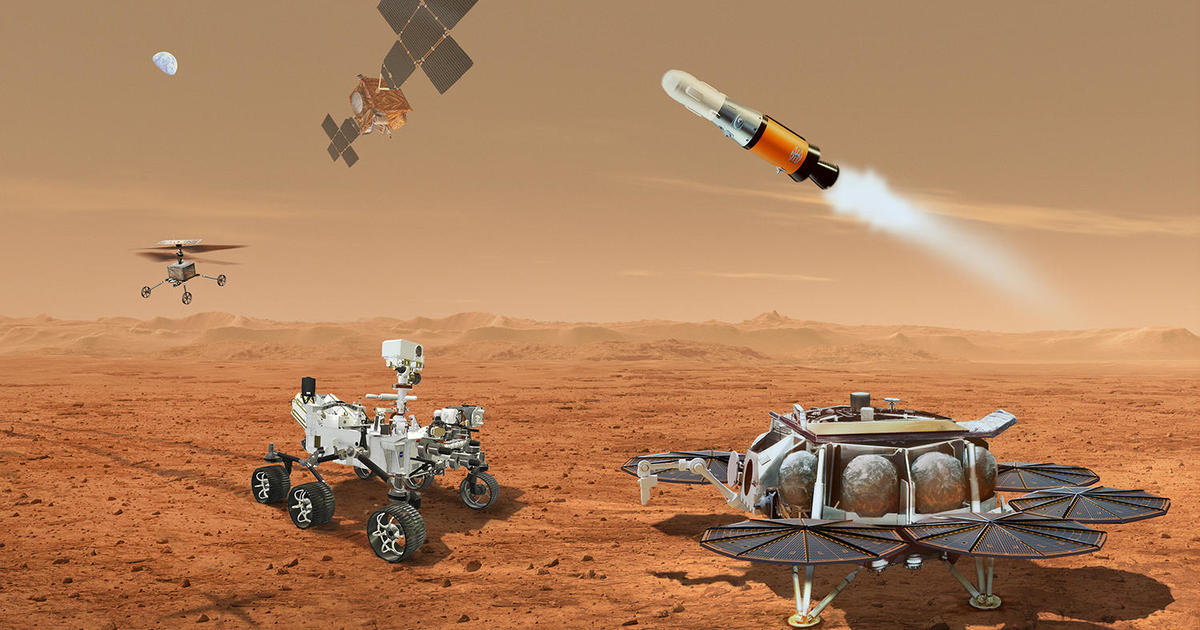It looks like the "Death Star" — but Saturn's tiny frozen moon could actually be a "stealth" ocean world, scientists say
One of NASA's latest discoveries could change the definition of what planetary objects aside from Earth will be considered "potentially habitable." Researchers have found that Saturn's tiny, frozen "Death Star" moon, called Mimas, could actually be a "stealth" ocean world.
Researchers explained their findings about Mimas in a study published in the journal Icarus this month. The study stems from information collected during the last days of NASA's 20-year Cassini mission, which ended in September 2017. The Cassini spacecraft made a final plunge into Saturn's atmosphere, where it was "crushed and vaporized" by the planet's forces, according to NASA.
Southwest Research Institute geophysics specialist Alyssa Rhoden, who is co-leader of NASA's Ocean World's Research Coordination Network, had been trying to prove that Mimas was a frozen inert satellite when she found evidence of an existing ocean.
Mimas, the smallest and innermost of Saturn's 82 moons, is nearly nine times smaller than Earth's moon. The crater-covered moon is not quite round in shape, NASA scientists have found, and is easily distinguished by a giant 80-mile impact crater that stretches a third of the way across its face and has outer walls 3 miles high. NASA has said the indent makes "it look like the Death Star from 'Star Wars.'"
"Because the surface of Mimas is heavily cratered, we thought it was just a frozen block of ice," she said in a statement. "[Interior water ocean worlds], such as Enceladus and Europa, tend to be fractured and show other signs of geologic activity."
Interior water ocean worlds, otherwise known as IWOWs, are planetary objects that have oceans buried beneath layers of rock and ice. They are also found over a wide range of distances, increasing the number of habitable worlds throughout the galaxy, according to the Southwest Research Institute.
NASA has called Europa, Jupiter's smallest moon, "the most promising place in our solar system to find present-day environments suitable for some form of life beyond Earth."
What makes Mimas different, scientists said, is that its geologic activity is lacking compared to other ocean-bearing moons like Europa. If its ocean is confirmed, it could have "important implications for the prevalence and identification of ocean worlds," the study says.
"Turns out, Mimas' surface was tricking us," Rhoden said, "and our new understanding has greatly expanded the definition of a potentially habitable world in our solar system and beyond. ...if Mimas has an ocean, it represents a new class of small, 'stealth' ocean worlds with surfaces that do not betray the ocean's existence."
To be able to have both a flowing ocean and an icy crust, Mimas must have tidal processes stemming from the orbital and rotational energy, called tidal heating, that creates enough heat to prevent the moon from completely freezing through.
Scientists created tidal heating models based on readings captured from the Cassini spacecraft before its grand finale into oblivion in 2017, and found that the moon's ocean has been covered by an "ice shell" between 14 to 20 miles thick.
"Most of the time when we create these models, we have to fine tune them to produce what we observe," Rhoden said in a statement. "This time evidence for an internal ocean just popped out of the most realistic ice shell stability scenarios and observed librations."
This discovery opens up a world of possibility.
"Evaluating Mimas' status as an ocean moon would benchmark models of its formation and evolution," Rhoden said. "This would help us better understand Saturn's rings and mid-sized moons as well as the prevalence of potentially habitable ocean moons, particularly at Uranus. Mimas is a compelling target for continued investigation."






